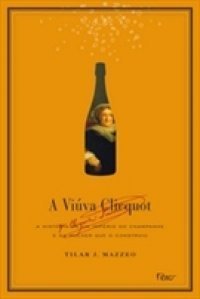What do you think?
Rate this book


302 pages, Paperback
First published October 28, 2008

Barbe-Nicole and her sister had learned from the time the were small girls studying catechism in their convent school that the only women with public reputations were prostitutes or queens. Even the two most famous women of Barbe-Nicole’s day—Marie Antoinette and Joséphine Bonaparte—were famous only because of their choice of husbands. It is probably not a coincidence that the public still thought of them both as whores.Any person resembling wealth or nobility stood a chance of being decapitated.
